The Vietnamese acreage has remained stable over the past years, around 700,000 to 800,000 hectares, but the level of growth has undergone major changes, says Mr. Dang Van Nien, General Director of the breeding company Rijk Zwaan Vietnam. "The adoption of technology, such as protected cultivation areas, has increased significantly. Implementing better technology in varieties means farmers are using higher seed quality, safer production methods – less chemical, more beneficial insects."
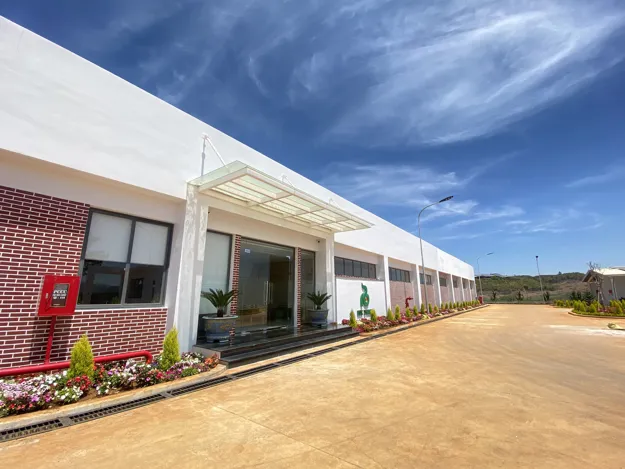
As Nien explains, Rijk Zwaan is a leading company in transforming agriculture into horticulture. "With an increasing demand for commodity products on the consumer level and more strict controls for export products, there's a growing demand for higher quality products. As consumer demand for product quality is increasing, the trend for 'ready-to-eat' products is also continuously growing and evolving with clearer demands." Strengthened by the pandemic, which resulted in higher consumption of vegetables and increased attention being paid to selecting higher nutrition products.
Health and safety
"We see that more and more people are paying attention to their health and demanding higher, safer quality products, and the demand of the export market is evident through foreigners coming here to find production partners. These factors are influencing the growth of this industry."
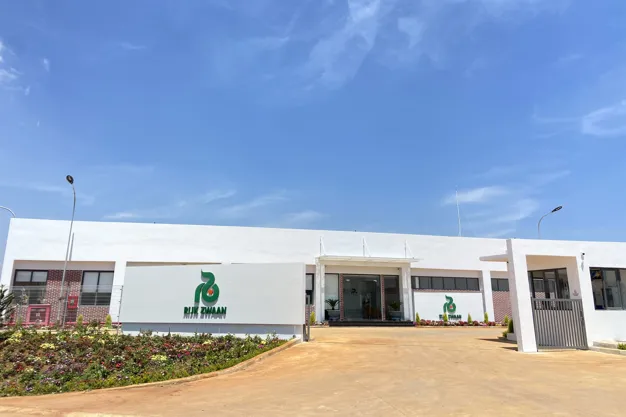
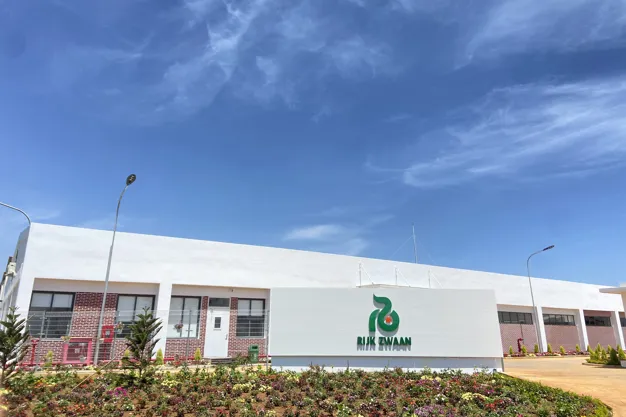
Last year ended with a significant contribution from the agriculture industry in general and good development of the horticulture industry. This year we expected to see continuous growth in both the domestic market and export countries, Dang Nien says. "We see a lot of opportunities here as our vision is also to support growers in producing high-quality products and providing innovation with a wide range of products to meet the market needs."
The development of the industry is further supported by government initiatives, as the government encourages the development of new varieties and is open to importing new crops/varieties for cultivation. "Many projects on sustainable horticultural production were invested in. They've also applied building regulations for inspecting and controlling the quality of products. Important drivers in the industry include strong support for importing new technology, establishing regulations for checking and controlling the quality of products during production to post-harvest, and connecting to potential markets."
With all vegetable production locations across the country in sight, Rijk Zwaan can observe demand in both wet markets and supermarkets. "Tomatoes, sweet peppers, peppers, watermelons, melons, cucurbit crops, and leafy crops are popular. Key challenges for growers include facing difficult weather conditions as it's getting hotter, increased pressure from pests and diseases, salinity, and better planning from the government to avoid oversupply or shortage."
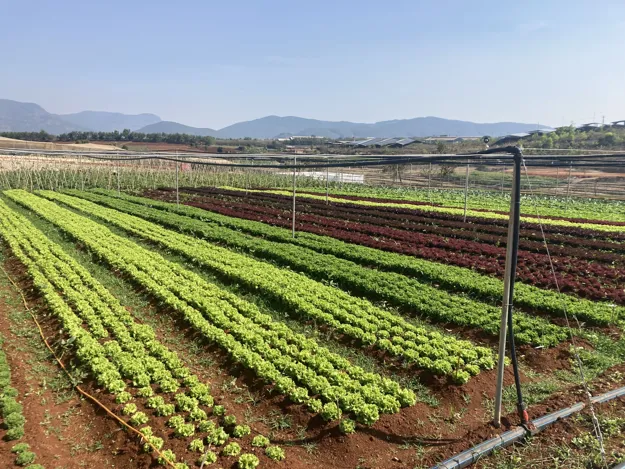
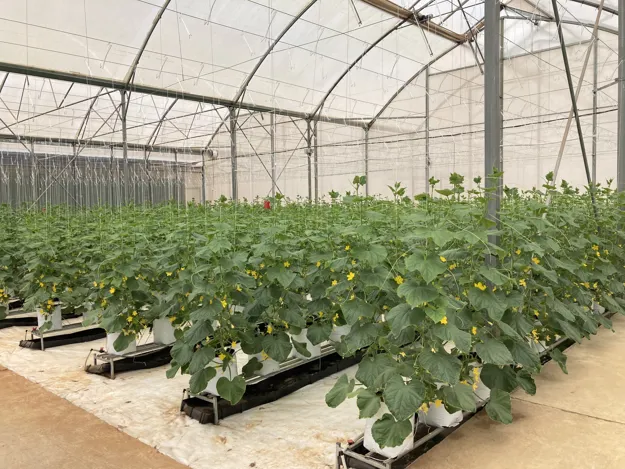
The breeding company will launch its own R&D Station in Lam Dong in September this year with multiple goals in mind. One of them is improving the trialing process to introduce more high-quality products to the market, as Rijk Zwaan will continue to introduce more new varieties of sweet peppers, cucumbers, gherkins, and tomatoes to production. "We focus on introducing new varieties with better pest and disease tolerance and higher yields. We are bringing many innovative varieties/crops with higher nutritional quality for development here."
The station also demonstrates mid-tech cultivation to support the transformation model from low-tech to mid-tech in Vietnam, an investment that confirms Rijk Zwaan's commitment to building better horticultural production in the country. "Additionally, we plan to build a learning center to support farmers in maximizing benefits from their land. Growers can visit us to learn about protected cultivation, technology for different crops, and how to build a brand image for their products."
The team collaborates with partners on establishing safety production protocols and transferring them to growers. "More safety products are being released into the market every day. We pay attention to transitioning traditional practices to protected cultivation and from low technology to middle technology in cultivation."
The address of the station is 100 Da Hoa, Kom Butte, Don Duong, Lam Dong 66000.
For more information: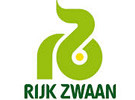 Rijk Zwaan
Rijk Zwaan
info@rijkzwaan.com
www.rijkzwaan.com
